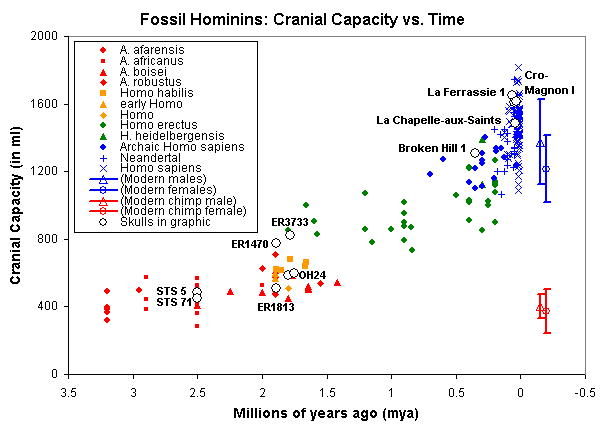Well, of course for me the most important aspect is the religious one - humans are defined as those animals that have been given a soul by God, so that would be all people alive today, and I don't know exactly when God gave the first soul, (when Adam, the transitional ape that crossed the line to being human, lived). If I had to guess, I'd say maybe 100,00 years ago? But that's just a guess, since souls tend to not fossilize well. : )
For physical attributes, from a layman's standpoint, I'd go by encephalization quotient, which is simple and distinguishes us from all other animals.
However, I need to be clear that I'm not an expert, and that is a "person on the street", common answer. Those kinds of answers should always be remembered to be incomplete, and not to ever suggest that they are as good as the actual definition used by experts.
Anthropologists uses two definitions, one for anatomically modern humans, (AMH) and another for behaviorally modern humans. (BMH) Obviously, we evolved to be AMHs before evolving to be BMHs.
AMHs go by a bunch of anatomical features (including brow ridges, encephalization quotient, a chin, and so on), which evolved gradually and not all on same schedule, with some appearing sooner, some later. Hence the many smooth transitional fossils. Trying to draw a sharp line there is like trying to draw a sharp line between when a room goes from being "freezing cold" to being "too hot". AMH gradually appeared, with the transition being mostly done by around 200,000 years ago.
BMH is defined by spoken language, which also likely appeared gradually (from basic sounds, to a few words, up to language today), but of course that is harder to test because words don't fossilize very well before writing developed (also gradually, as can be seen).
I have enough sense not to disagree with those who know the subject much better than I on this or anything else. I am an expert in one field, and will disagree with anyone there if I think they are wrong, but it's not anthropology.
Papias


